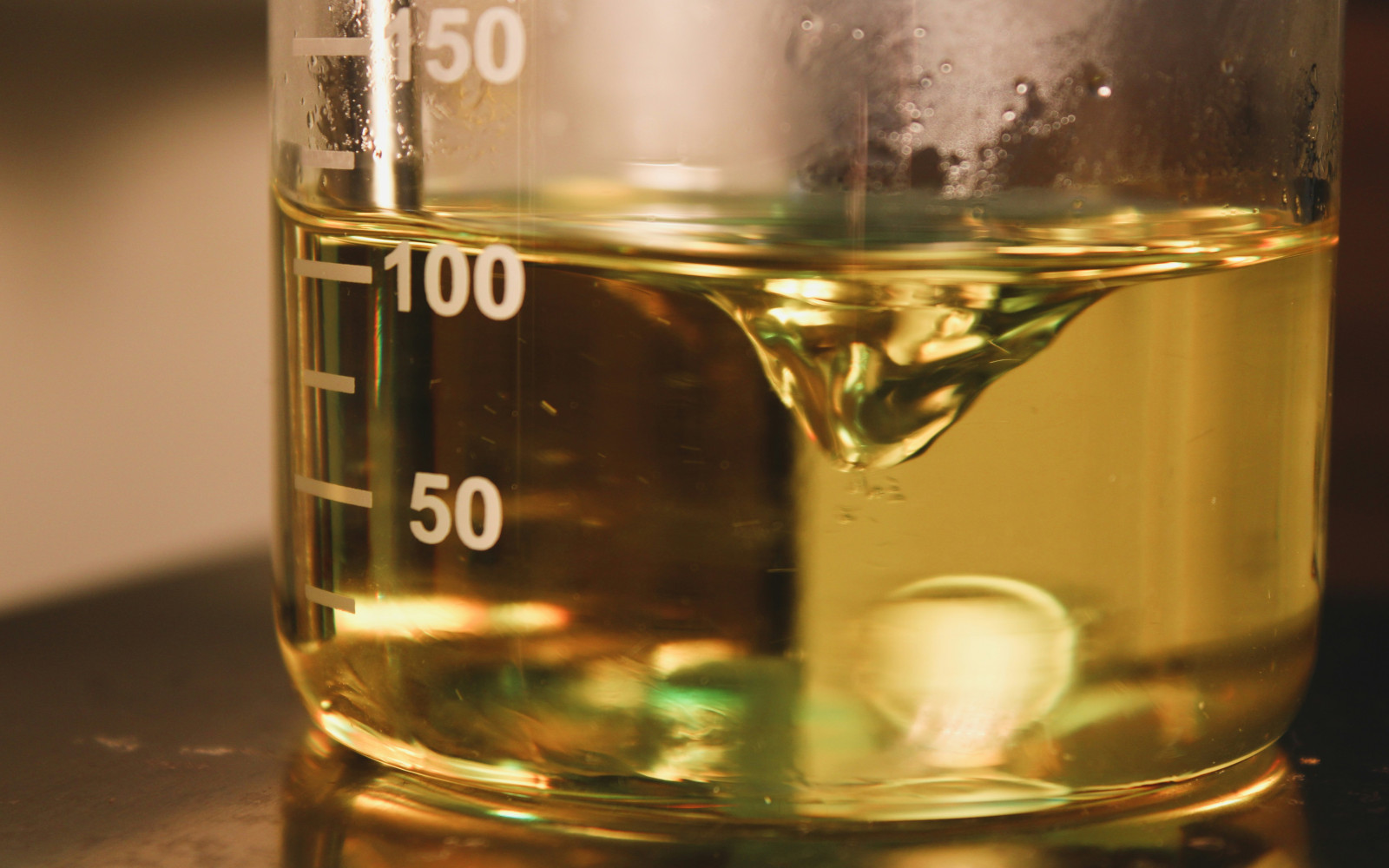Chlorine dioxide (ClO2) is a potent oxidizing agent used in various industrial applications. Known for its disinfectant properties, ClO2 poses significant health and safety risks if accidentally released.
This article explores the dangers associated with chlorine dioxide gas leaks, its industrial uses, safety measures, and best practices to ensure a safe working environment. The goal is to provide safety managers, industrial hygienists, and other professionals with crucial information to mitigate the risks of ClO2 exposure.
Common Industrial Uses of Chlorine Dioxide
Chlorine dioxide is employed in several industries due to its strong oxidizing capabilities. Key applications include:
- Water Treatment: Widely used for disinfecting drinking water, wastewater, and cooling towers.
- Pulp and Paper Industry: Applied in the bleaching process for wood pulp, improving the brightness of paper products.
- Food Processing: Utilized for sanitizing equipment and surfaces, and in the disinfection of food products.
- Medical and Laboratory Settings: Used for sterilization of equipment and surfaces.
- Air Purification: Employed in the removal of odors and contaminants in air treatment systems.
While chlorine dioxide is effective in these applications, it is highly reactive and can pose serious hazards.
The Hazards of Chlorine Dioxide Gas
Chlorine dioxide is a yellow to reddish-yellow gas with a sharp, chlorine-like odor. It poses several health risks, including:
- Respiratory Irritation: Inhalation of ClO2 can cause coughing, throat irritation, shortness of breath, and pulmonary edema. High concentrations can lead to respiratory failure.
- Eye and Skin Irritation: Contact with ClO2 can cause severe irritation and burns to the eyes and skin.
- Oxidizing Properties: As a strong oxidizer, ClO2 can react explosively with organic materials and reducing agents.
Exposure Limits and Regulations
To protect workers from the dangers of chlorine dioxide, several regulatory bodies have established exposure limits:
· OSHA (Occupational Safety and Health Administration):
-
- PEL (Permissible Exposure Limit): 0.1 ppm (8-hour TWA)
· NIOSH (National Institute for Occupational Safety and Health):
-
- REL (Recommended Exposure Limit): 0.1 ppm (10-hour TWA), 0.3 ppm (15-minute ceiling)
- IDLH (Immediately Dangerous to Life or Health): 5 ppm
· ACGIH (American Conference of Governmental Industrial Hygienists):
-
- TLV (Threshold Limit Value): 0.1 ppm (8-hour TWA), 0.3 ppm (STEL)
Safety Measures and Best Practices
Ensuring the safe handling of chlorine dioxide involves a comprehensive safety approach. Key measures include:
1. Fixed Gas Detection Systems:
-
- Continuous Monitoring: Fixed gas detectors can monitor ClO2 levels, providing early detection of leaks and enabling prompt response.
- Alarm Systems: Audible and visual alarms alert personnel to evacuate or take protective measures.
2. Personal Protective Equipment (PPE):
-
- Proper PPE, including chemical-resistant gloves, goggles, face shields, and protective clothing, is essential when handling ClO2. Respiratory protection may also be necessary.
3. Proper Ventilation and Containment:
-
- Adequate ventilation systems are crucial for dispersing chlorine dioxide gas and preventing the buildup of hazardous concentrations. Containment systems, such as gas scrubbers, can neutralize released gases.
4. Emergency Response Plans:
-
- Comprehensive emergency response plans should include procedures for containment, evacuation, and first aid. Coordination with local emergency services is essential for effective response.
5. Training and Education:
-
- Regular training on the hazards of ClO2, safe handling practices, and emergency procedures is critical for all employees. Drills should be conducted to ensure preparedness.
Chlorine dioxide is a valuable industrial chemical with numerous applications, but it poses significant risks if not handled properly. Understanding its hazards and implementing stringent safety measures, including gas detection systems, proper PPE, ventilation, and emergency planning, are crucial for protecting workers and facilities.
By adhering to best practices and maintaining vigilance, industries can minimize the dangers associated with ClO2 exposure.
For more information on chlorine dioxide safety and Interscan’s Accusafe and GasD 8000 detection systems, please contact us to request a quote today.


